
views
Check Your Battery with a Voltmeter

Turn your ignition off.
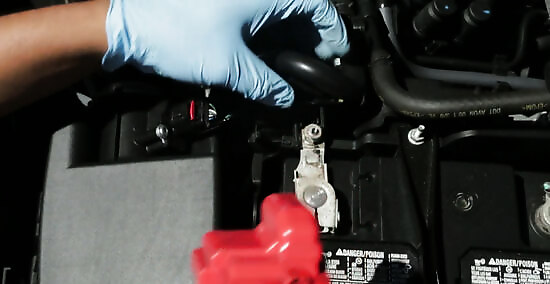
Remove the battery's positive terminal cover. Check and clean the battery terminals.
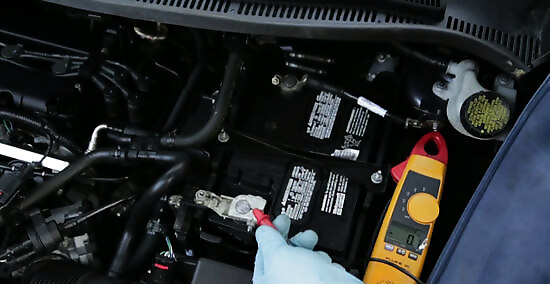
Connect your voltmeter's positive lead to the positive terminal on your battery. The positive lead on a voltmeter is usually red.
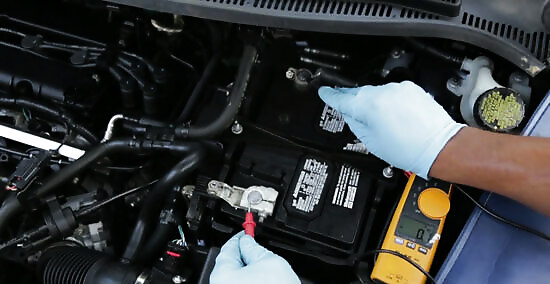
Attach the negative voltmeter lead to the negative battery terminal.
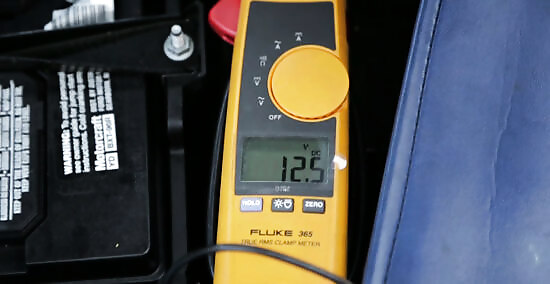
Check the voltmeter. If your battery is in good condition, the voltage should be between 12.4 and 12.7 volts. A reading lower than 12.4 volts means that your battery needs to be charged. If the reading is lower than 12.2 volts, "trickle charge" the battery, which is a slow charge. And then re-check. If the reading is over 12.9 volts, you have excessive voltage. Turn on the high beams to remove excessive voltage surface charge. Over voltage may be an indication the alternator is over charging the battery. While you have the voltmeter handy, you may also want to do load testing.
Check Your Battery with a Power Probe
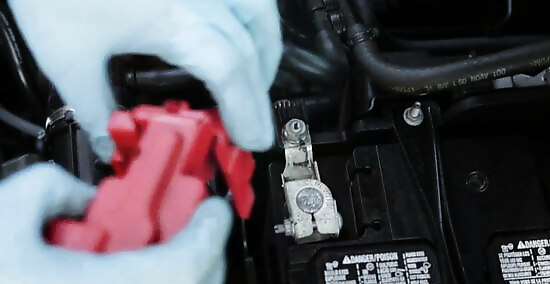
Remove the battery's positive terminal cover.

Connect your Power Probe's positive lead to the positive terminal on your battery. The positive lead on a voltmeter is usually red.
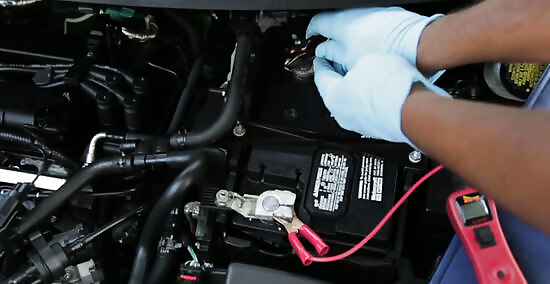
Attach the Power Probe's negative lead to the negative battery terminal.
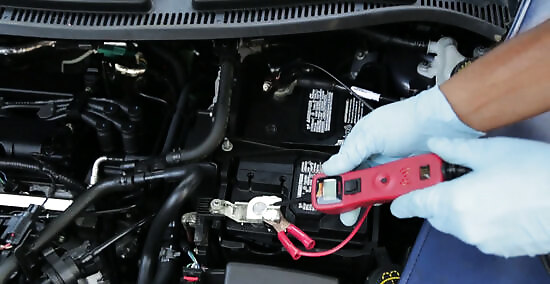
Connect the tip of the probe to the positive battery terminal. Check the probe for voltage reading.
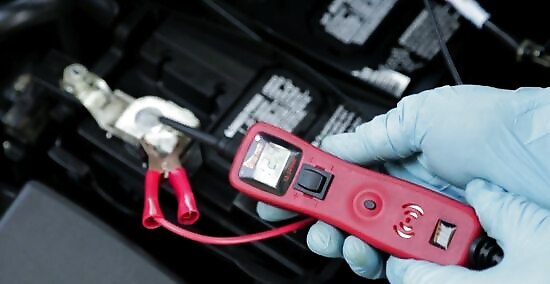
Check the Power Probe reading. If your battery is in good condition, the voltage should be between 12.4 and 12.7 volts.
Check Your Battery by Cranking the Engine

"Crank" the engine by turning the ignition until the starter engages and hold for 2 seconds Have an assistant crank the engine while you check battery voltage drop.
At the time of the crank, check the reading of the Power Probe. It should not go below 9.6 volts. A battery with a volt reading less than 9.6 volts means the battery is sulfated and not holding/accepting the charge. Alternatively, you can get the battery tested at an auto parts store or a repair shop. They usually test your battery at no charge. Home diagnosis is rather difficult and not very accurate.




















Comments
0 comment